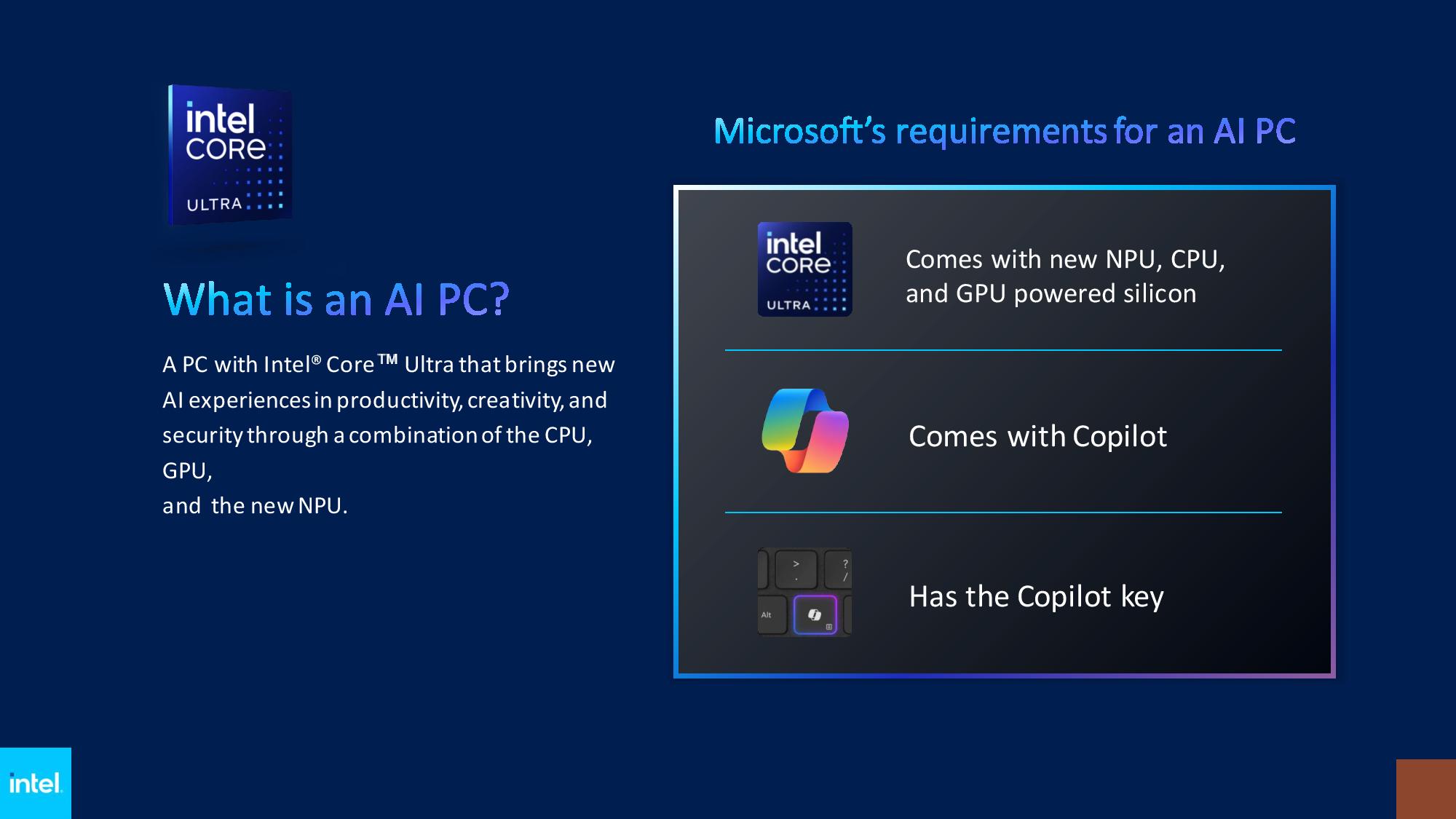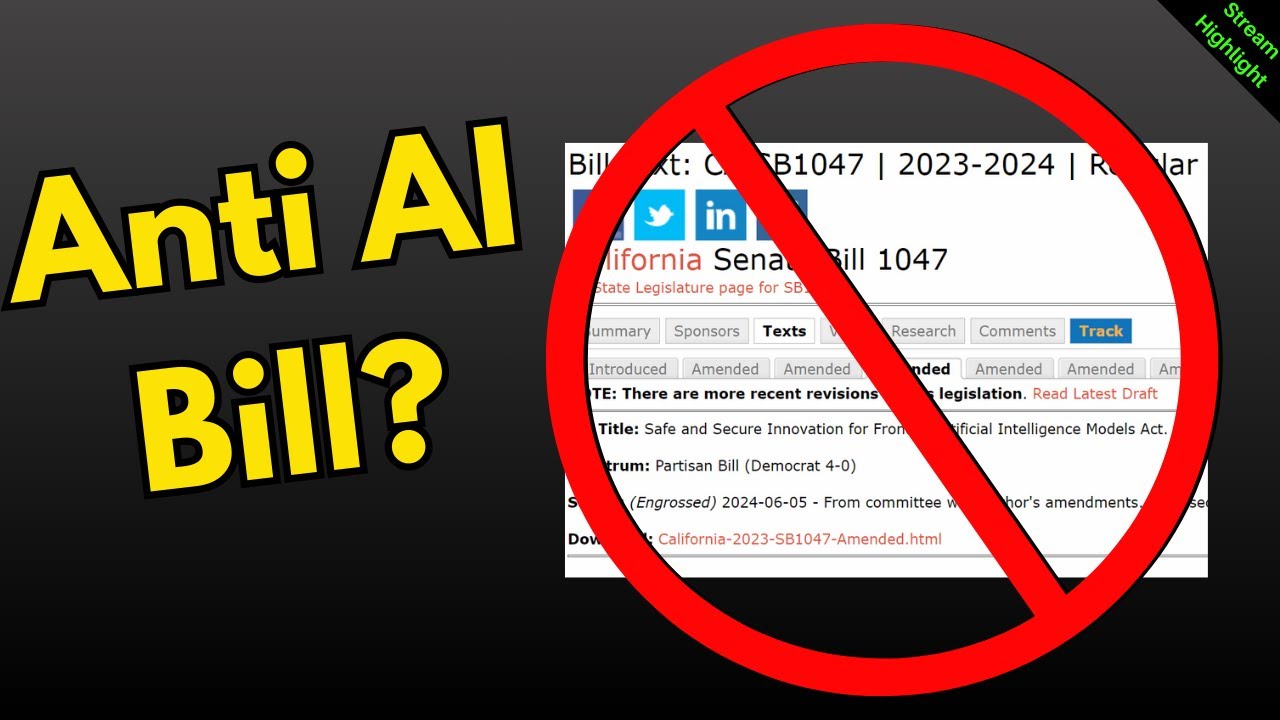By establishing stringent guidelines for what goes into its AI PC, Microsoft has made a significant contribution to the definition of the boundaries of AI-driven computing. The primary findings of the disclosure state that Microsoft requires Copilot integration and that 40 TOPS (Trillions of Operations per Second) is the performance requirement for NPUs (Neural Processing Units). Today ushers in a new era of computing when artificial intelligence (AI) components are effortlessly incorporated into daily tasks, offering users who want to increase productivity and efficiency a revolutionary experience.
Microsoft’s AI PC standards
High-performance NPUs and Copilot integration are the two main pillars of Microsoft’s AI-based computing strategy. Microsoft thinks Copilot represents the next big step in the development of localized AI processing. The business intends to enable Copilot to operate on local hardware, which will lower latency and accelerate AI-driven workflows. Vice president of Intel’s Client Computing Group Todd Lewellen emphasized the importance of this effort in light of the possible improvement in PC-based AI localized processing capabilities. Customers benefit from fast reaction times because to this methodical approach, which also lays the groundwork for future advancements in AI-powered computing.
Also, Microsoft’s need for NPUs to achieve 40 TOPS of performance highlights the company’s dedication to advancing AI processing capabilities. Neural network functions and complicated computations are made possible by NPUs, which are the central component of AI PCs. The TOPS metric’s use as an NPU performance benchmark is indicative of Microsoft’s focus on processing power and efficiency. TOPS offers a defined framework for measuring AI PC performance, even if it is a basic metric for examining NPU capabilities. This mandate is expected to spur innovation in the semiconductor sector by pushing producers to create state-of-the-art NPUs that satisfy Microsoft’s strict requirements.
Microsoft’s plan for windows driven by AI
Microsoft’s stringent rules for AI-powered PCs give rise to a more ambitious strategy to usher in a new era of AI-driven computing. Microsoft creates the conditions for the smooth incorporation of AI features into its ecosystem by requiring strong hardware. The need for Copilot compatibility and high-performance NPUs paves the way for the next wave of AI-powered Windows operating systems. Customers can be certain they have the hardware in place to fully benefit from Microsoft’s AI-driven innovations by taking this measured risk. As the industry prepares for this paradigm shift, the stage is set for a fierce struggle among NPU producers for dominance of the quickly growing AI PC market.
Microsoft’s standard for AI PCs has far-reaching implications in the technology world as it aims to advance towards AI-based computing. In terms of technological breakthroughs, the combination of Copilot and an astounding 40 TOPS NPU performance creates the basis for a transformational leap in computer capabilities. Nevertheless, during this evolutionary process, concerns related to user privacy, data security, and technological inclusivity naturally arise. In view of this fact, how is Microsoft planning to tackle these issues while attempting to build an AI-based Windows ecosystem?





